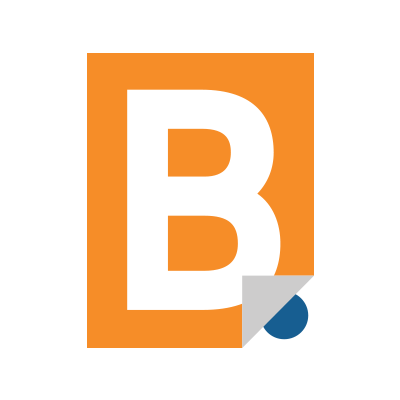Starting A $50K/Month Sustainable Hair Products Brand Amidst A Hollywood Career!
Hello! Who are you and what business did you start?
Hi! My name is Mia Fiona Kut and I’m the founder of Luna Nectar, a line of sustainable hair density and haircare products that are kicking the stigma of women’s hair loss.
We make adaptogen-infused treatments that are all-natural, vegan, and cruelty-free and designed for scalp and hair wellness. Our flagship products are the Moon Boost Lash & Brow Enhancing Serum and Atmosphere Hair Density & Scalp Serum, which are the world’s first waterless hair density products on the market, to reduce our water footprint and allow for ingredients to work more potently, achieving quicker results. Customers report that they see longer, denser hair, lashes, and brows in about 2.5 - 3 weeks.
We’re very science-focused, and all of our products are dermatologist and trichologist tested and approved. We have 10 SKUs in total, and we will be launching a waterless shampoo and conditioner puree this year, infused by ingredients that act as heat...

Download the report and join our email newsletter packed with business ideas and money-making opportunities, backed by real-life case studies.

Download the report and join our email newsletter packed with business ideas and money-making opportunities, backed by real-life case studies.

Download the report and join our email newsletter packed with business ideas and money-making opportunities, backed by real-life case studies.

Download the report and join our email newsletter packed with business ideas and money-making opportunities, backed by real-life case studies.

Download the report and join our email newsletter packed with business ideas and money-making opportunities, backed by real-life case studies.

Download the report and join our email newsletter packed with business ideas and money-making opportunities, backed by real-life case studies.

Download the report and join our email newsletter packed with business ideas and money-making opportunities, backed by real-life case studies.

Download the report and join our email newsletter packed with business ideas and money-making opportunities, backed by real-life case studies.
















































